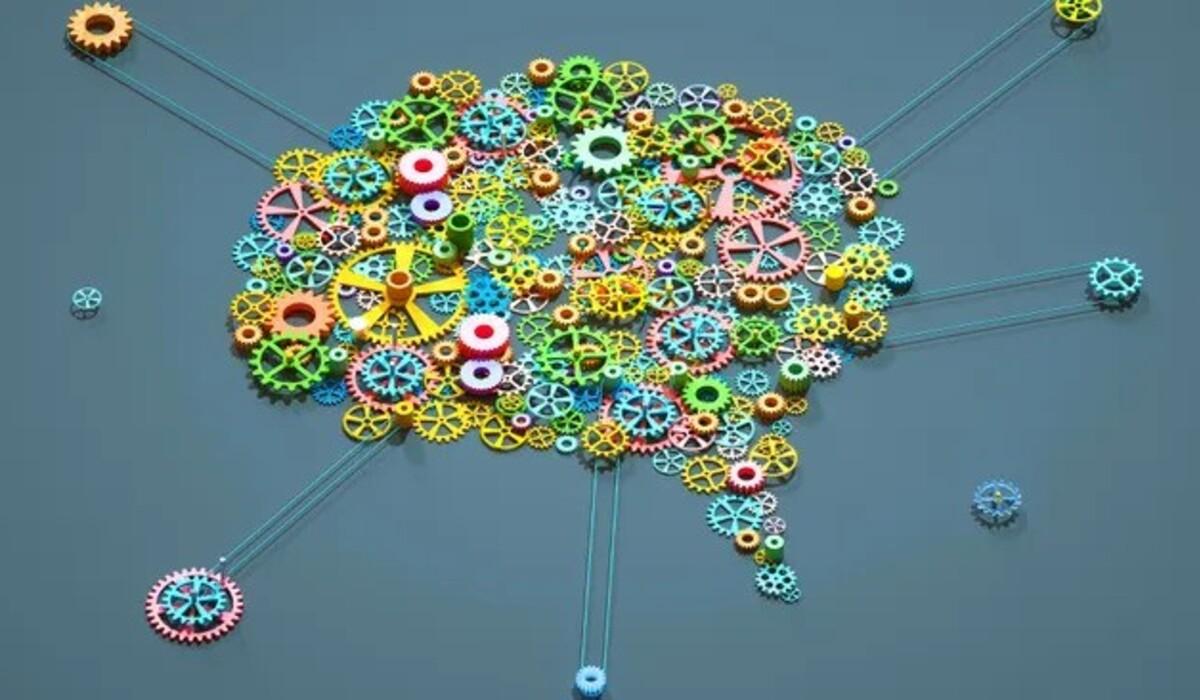In a recent breakthrough, scientists have enhanced the reasoning abilities of artificial intelligence (AI) systems by training them to simulate an “inner monologue” before responding to prompts. This method, known as Quiet-STaR, prompts the AI to generate multiple internal rationales before delivering a response, akin to how humans consider various possibilities before speaking.
Traditional AI chatbots, like ChatGPT, typically lack this capacity for anticipatory thinking, responding based on predetermined algorithms without genuine understanding or foresight. However, the Quiet-STaR technique enables AI systems to anticipate future conversations and learn from past interactions by discarding incorrect rationales.
Researchers applied the Quiet-STaR algorithm to Mistral 7B, an open-source large language model (LLM), and observed significant improvements in reasoning capabilities. The Quiet-STaR-trained Mistral 7B scored notably higher on reasoning tests, achieving a 47.2% accuracy compared to 36.3% before training. Although it still struggled on a math test, its performance nearly doubled from 5.9% to 10.9%.
This advancement is crucial because conventional AI models, including neural networks like ChatGPT and Gemini, often falter in common sense reasoning and contextualization. Past efforts to address this issue were limited to specific domains and couldn’t be universally applied across AI models.
Integrating anticipatory thinking into AI systems through the Quiet-STaR technique shows great potential in narrowing the disparity between AI and human-like reasoning capabilities. Researchers aim to enhance the adaptability and contextual awareness of these systems, thereby improving their capacity to participate in meaningful conversations and tasks.
Named for its ability to operate quietly in the background and be applicable across various LLMs, Quiet-STaR represents a significant step towards developing AI systems with enhanced reasoning abilities. Moving forward, scientists plan to explore how similar techniques can further narrow the disparity between AI and human cognition, bringing us closer to achieving artificial “super intelligence” and more sophisticated AI-driven applications.

